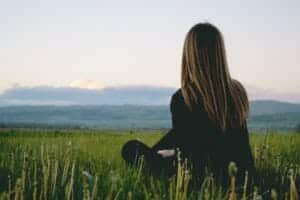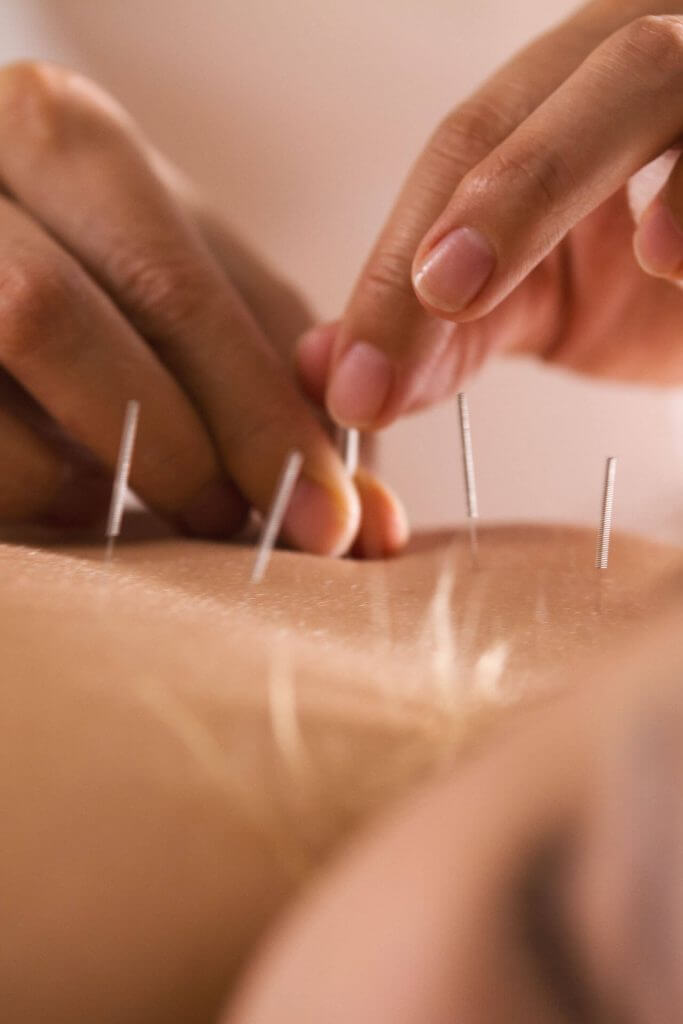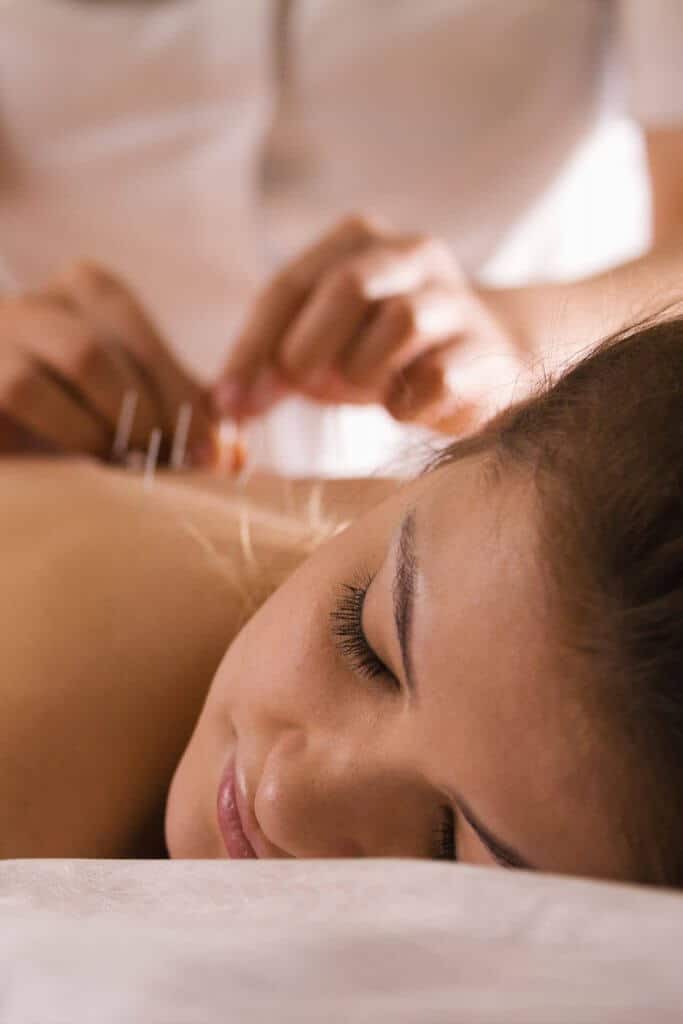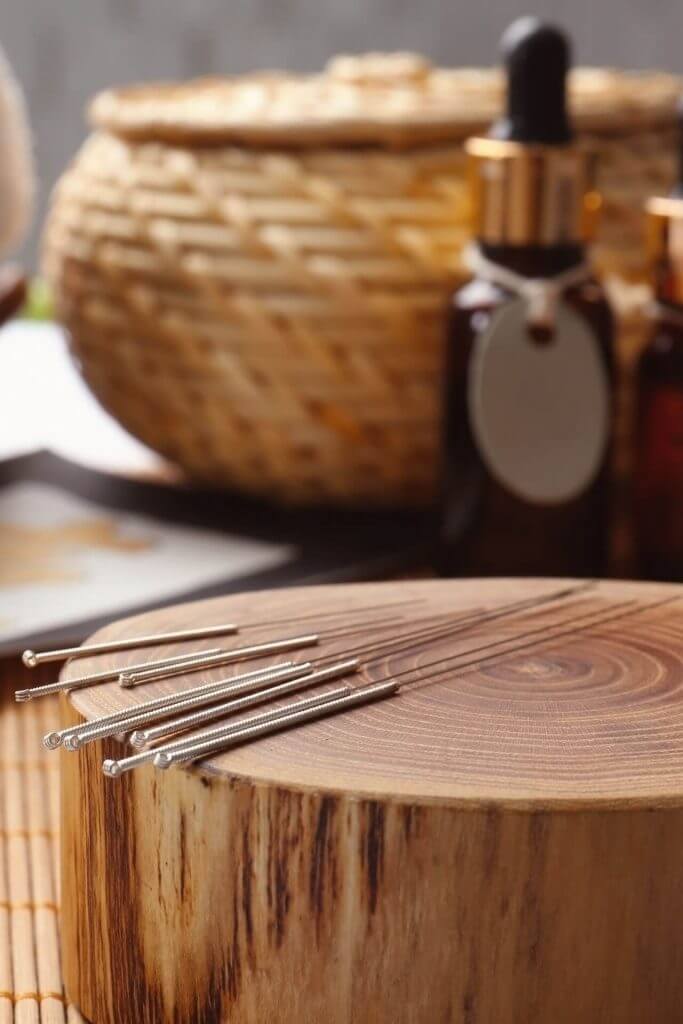
How Kinesiology Helped Me Diffuse Stress
Western medicine is too often our ‘go-to’ or start point when we have a physical ailment. And too often it’s also our end point –



We have package options incorporating other therapies, contact us for package options.
(90 mins)
(60 mins)
(90 mins)
There’s no such thing as a silly question, especially when your health is concerned. Here are some of our colonic hydrotherapy FAQs. For any other advice on love, life and colonics drop us a line.
|
● Endometriosis ● Irregular menstruation ● Infertility ● Pregnancy ● Digestive issues ● Chronic fatigue ● Hypertension ● Anxiety and Depression |
● Tinnitus ● Fibromyalgia ● Headaches, including tension headaches and migraines ● Lower back pain ● Neck pain ● Respiratory disorders, such as allergic rhinitis ● Tennis elbow ● Chemotherapy-induced and postoperative nausea and vomiting |
Eat a few hours before treatment
Have a light meal an hour or two before your treatment.
Acupuncture works to move energy, fluids and blood around the body. Having nutrition and energy for your body provides something to work with. It gives your body the resources it needs to heal.
Wear loose, comfortable clothing
Very often, the majority of Acupuncture has been in areas accessible without removing clothes. Plus, you will want to be comfortable at the table.
A principle of post-treatment self-care is to protect your body from the weather’s influences. Dress appropriately in the cooler months of the year. Wear a scarf to warm and protect your neck.
Schedule your arrival 15 minutes before your appointment.
It allows you to settle down and get here.
This allows you sufficient time to find the clinic and park.
It gives space to use the bathroom or drink water before treatment.
It also allows for some of the unpredictable events that may occur. Traffic or roadworks may obstruct your planned route, childcare may be late, and parking may be hard to find.
A buffer means you can arrive without stress.
Avoid strenuous activity
It is best to allow your body space to integrate the treatment. This means trying to avoid scheduling significant activities following your acupuncture appointment. Pilates, gym, netball or your preferred exercise are best left for another day.
Keep it simple
Do not schedule other therapeutic appointments on the same day. Seeing your massage therapist, acupuncturist and osteopath all in one day are too much for the body. Your body will be unable to receive the best and most special message from each intervention.
Ideally, plan a rest day between treatments of different modalities. At the very least, try and keep them on separate days.
Clients should avoid various activities for a brief period after an acupuncture appointment. In some cases, it may be because of security reasons. However, it may also have to do with maximising the potential benefits of Acupuncture.
Avoid stressful circumstances.
Again, Acupuncture is a relaxation-enhancing treatment for most customers, and the last thing they need is to return to a stressful situation. Where possible, it may be desirable for the patients to book an appointment when they do not have to return to work. It can also be beneficial to avoid watching television immediately after Acupuncture and instead read a book, hear music, or work on a hobby.
Keep away from cold temperatures.
Following Acupuncture, your body needs warmth to maintain fluidity and open blocked energy channels. Whenever possible, clients are best advised to avoid cold temperatures and refrain from using ice to relieve pain.
Avoid digital displays.
As for relaxation, TV and other digital screens prevent the body from relaxing. Enabling the body to rest and relax will help extend the benefits of Acupuncture and promote good sleep. On the night after the patient’s acupuncture session, we advise them to read a physical book or listen to music or a podcast rather than end up with their favourite TV show.
Don’t Drive if Lightheaded
On a safety note, you must gauge how well your client feels after their session. Some clients report feeling lightheaded after Acupuncture. If this eventuates, it is essential to recognise this and stop them from driving until they feel better or have them get someone to pick them up.
Here are the things that clients should be doing after Acupuncture:
Rest:
Keep warm and use heat for pain relief where necessary
Consider other interventions to maximise outcomes
Take it easy and avoid strenuous exercise
Eat well and drink plenty of water
Be aware of their received benefits, side effects, and general experience as this feedback may be helpful to you as their practitioner
A typical treatment plan for a single complaint typically involves one or two weekly treatments. The number of treatments depends on the condition being treated as well as its severity. Typically, between six and eight treatments are typical.
A session of Acupuncture can take up to 60 minutes per session or less, depending on the treatment. A typical treatment plan for a single complaint would take about one or two weekly treatments. The number of treatments commonly needed to receive is 6 to 8, depending on the condition and severity.

Western medicine is too often our ‘go-to’ or start point when we have a physical ailment. And too often it’s also our end point –

Our body is highly complex, intelligent, amazing vehicle that we, lets admit it, drive through life pretty hard. It is resilient and adoptable but how

In today’s society, everyone has a friend or family member with a dairy, gluten, soy, nut or wheat intolerance. With food intolerance on the rise,
Take our FREE interdisciplinary questionnaire and get a clear pathway including being matched with the services and practitioners you need so you get the outcomes you deserve